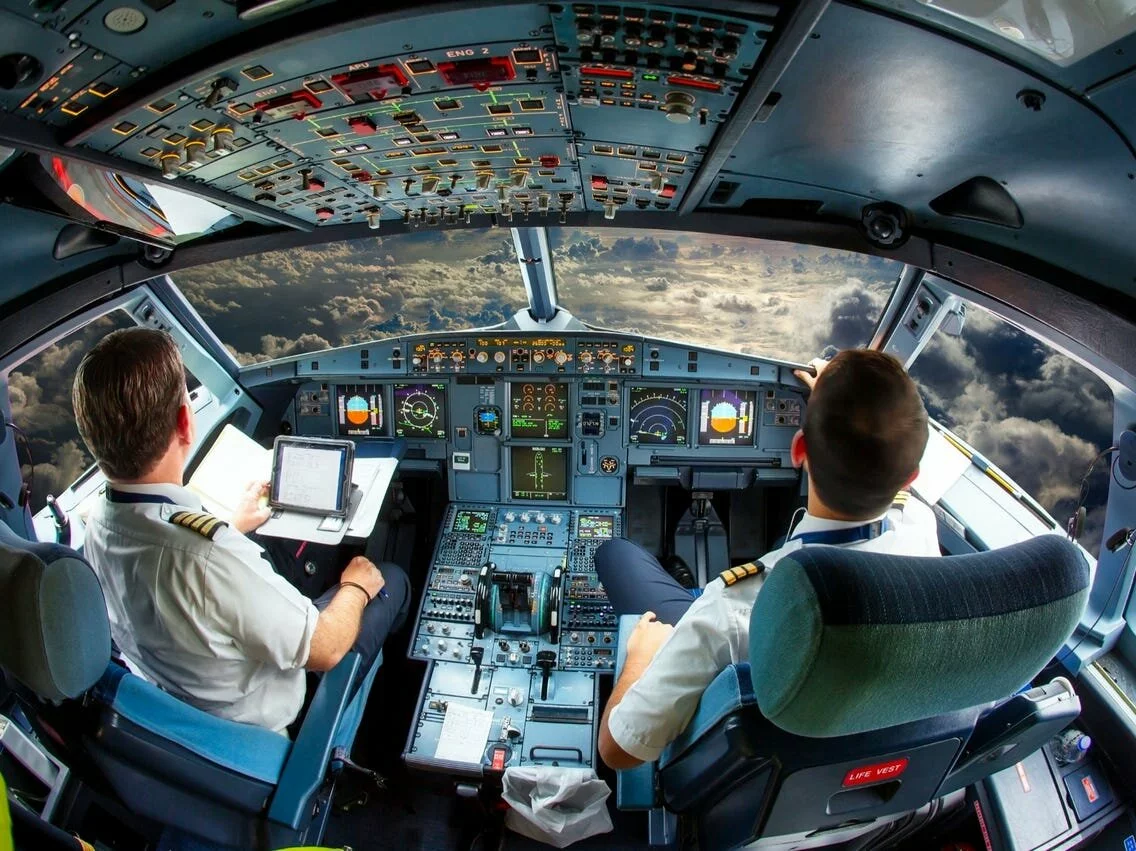
1. Fly, NAVIGATE, COMMUNICATE:
fly, explore, impart and resist the urge to panic
In the flight world, this is a typical way to deal with every flying circumstance, particularly crisis conditions. Flying investigations have discovered that pilots get so centered around taking care of an issue in a crisis that they in some cases neglect to fly the plane. In one mishap including Eastern Airlines Flight 401, the pilots turned out to be so occupied by a wore out marker light in the cockpit that they really fled into the ground. The saying “Fly, Navigate, Communicate” encourages pilots to fly the plane first, then, at that point, explore, and when the circumstance is taken care of, impart.
We can utilize a comparative strategy in the event that we face a crisis on the ground: Act first, get your course, and afterward call home!
2. Continuously LEAVE YOURSELF AN “OUT”:
Likely the main standard for pilots, leaving yourself an “out,” implies never getting into a circumstance you can’t escape securely. Never get yourself pushed into a tight spot with no place to go. Pilots do this by anticipating backup ways to go, taking additional fuel and continually searching for a crisis arrival spot, in any event, when there isn’t a crisis.
At whatever point you settle on a choice, ensure you leave yourself one more choice on the off chance that things don’t go as arranged.
3. NOTHING FLIES WITHOUT FUEL:
A plane clearly will not fly without fuel, and people can’t fly without energy.
Regardless of whether you get your energy from unlimited cups of espresso or a sound eating routine, feed the framework so it continues to run.
4. TAKE OFF IS OPTIONAL:
landing is compulsory: True in the most exacting sense for pilots, this standard applies to everybody. Try not to take off except if you’re certain you can land! This can likewise be deciphered as: Don’t begin a venture except if you’re certain you can finish, or consistently finish what you began.
5. Avoid THE CLOUDS:
No one gets a kick out of the chance to get come down on! Pilots are shown all that they need to know about climate, rainstorms and mists, and they realize it’s ideal to avoid the mists. Mists can mean choppiness, installed downpour or tempests and absence of perceivability. Flying into a cloud on a visual flight is hazardous — you can presently don’t see different planes, pinnacles or mountains, for instance.
Avoid the mists in reality, as well: Avoid inconvenience and stay away conditions in which you can’t see obviously enough to endure to the opposite side without smashing.
6. NEVER LET AN AIRPLANE TAKE YOU SOMEWHERE THAT YOUR BRAIN DIDN’T GET TO FIVE MINUTES EARLIER.
Instrument pilots specifically are educated to “stay in front of the plane” to remain generally safe. Remaining in front of the plane means knowing precisely where you are and where you’re going consistently. Pilots are continually arranging the subsequent stage, planning for the plane’s appearance before it shows up. This keeps pilots mindful of their situation in the mists and keeps them from forgetting about the plane’s situation as it flies along with next to no visual reference to the ground.
Planning for the future and knowing precisely what you intend to do before you do it will work well for you in all parts of life.